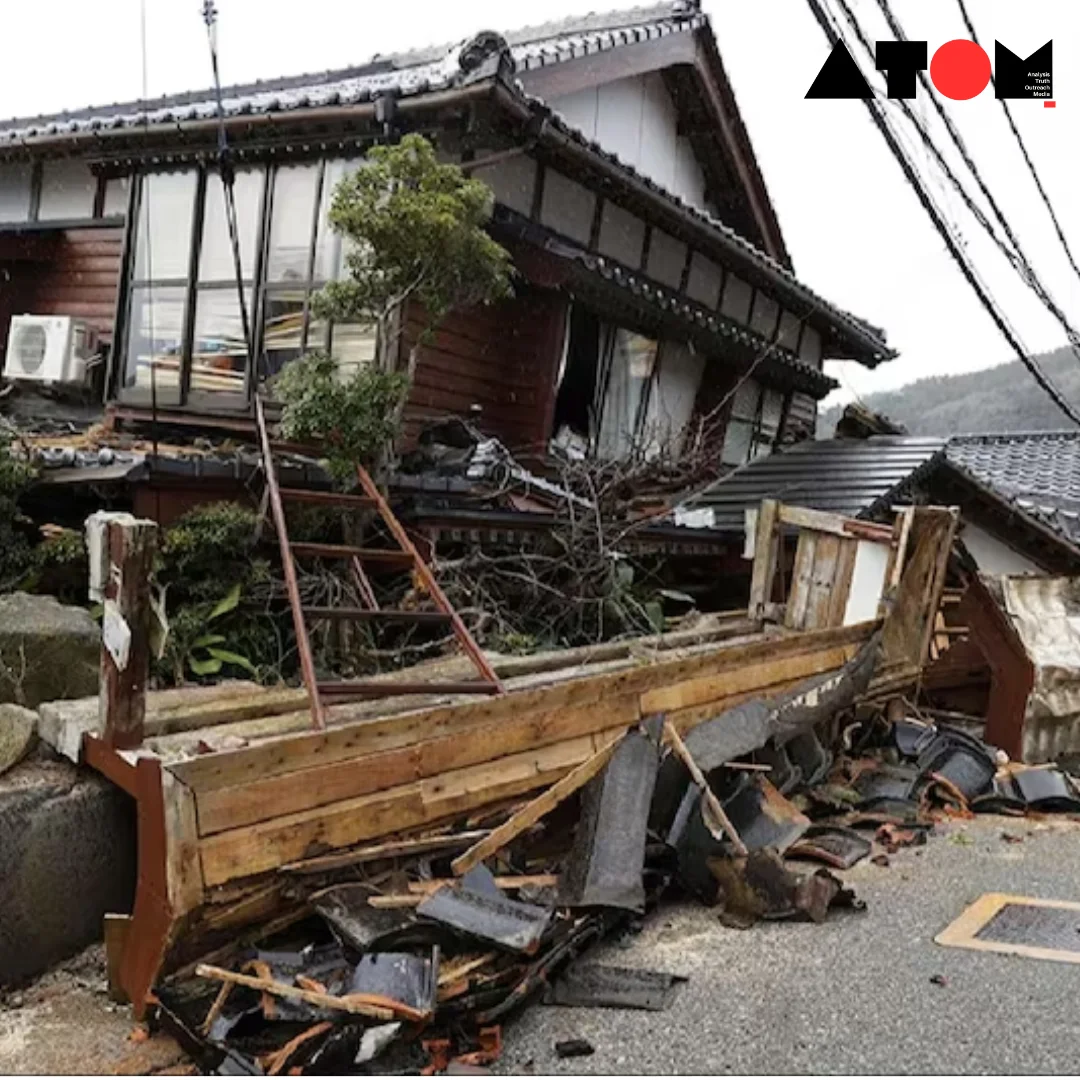Overview of the Earthquake
A 6.3-magnitude earthquake jolted the east coast of Japan, causing tremors felt in Tokyo. The seismic event occurred just a day following a powerful 7.4 magnitude quake in Taiwan, raising concerns about potential tsunami threats in the region.
The European-Mediterranean Seismological Centre (EMSC) reported the earthquake’s magnitude at 6.3, with a depth of 32 kilometers. Although no immediate damages or injuries were reported, the quake’s impact reverberated across Tokyo and nearby regions.
Response and Safety Measures
TEPCO, the operator of the Fukushima nuclear power plant, assured no abnormalities were detected post-earthquake. Japan’s stringent building standards, designed to withstand powerful earthquakes, reflect the nation’s preparedness for such natural disasters.
Historical Context and Preceding Events
Japan’s history of seismic activities underscores the nation’s resilience and preparedness for earthquakes. The devastating 2011 earthquake and tsunami remain etched in memory, emphasizing the importance of proactive measures and robust infrastructure.
Global Perspective and Implications
The earthquake in Japan coincides with global concerns about seismic activities and their ramifications. It serves as a reminder of the unpredictable nature of natural disasters and the imperative of international cooperation in disaster management.
While the recent earthquake in Japan evoked memories of past calamities, the nation’s proactive response and resilient infrastructure highlight its preparedness. Moving forward, continued vigilance and collaborative efforts remain paramount in mitigating the impact of seismic events.
Read more: Marketing News, Advertising News, PR and Finance News, Digital News.





